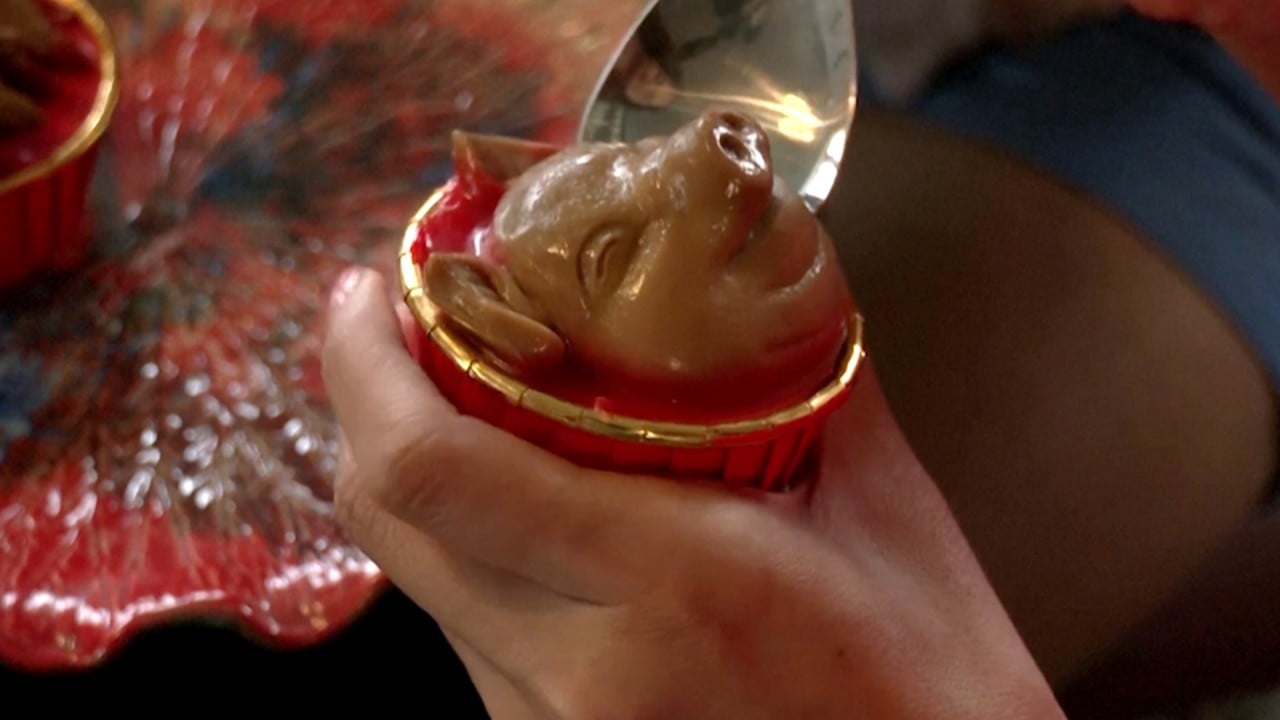While there are many specific small differences among the celebrations of different communities, in general terms they are very similar, says the Asia Society.
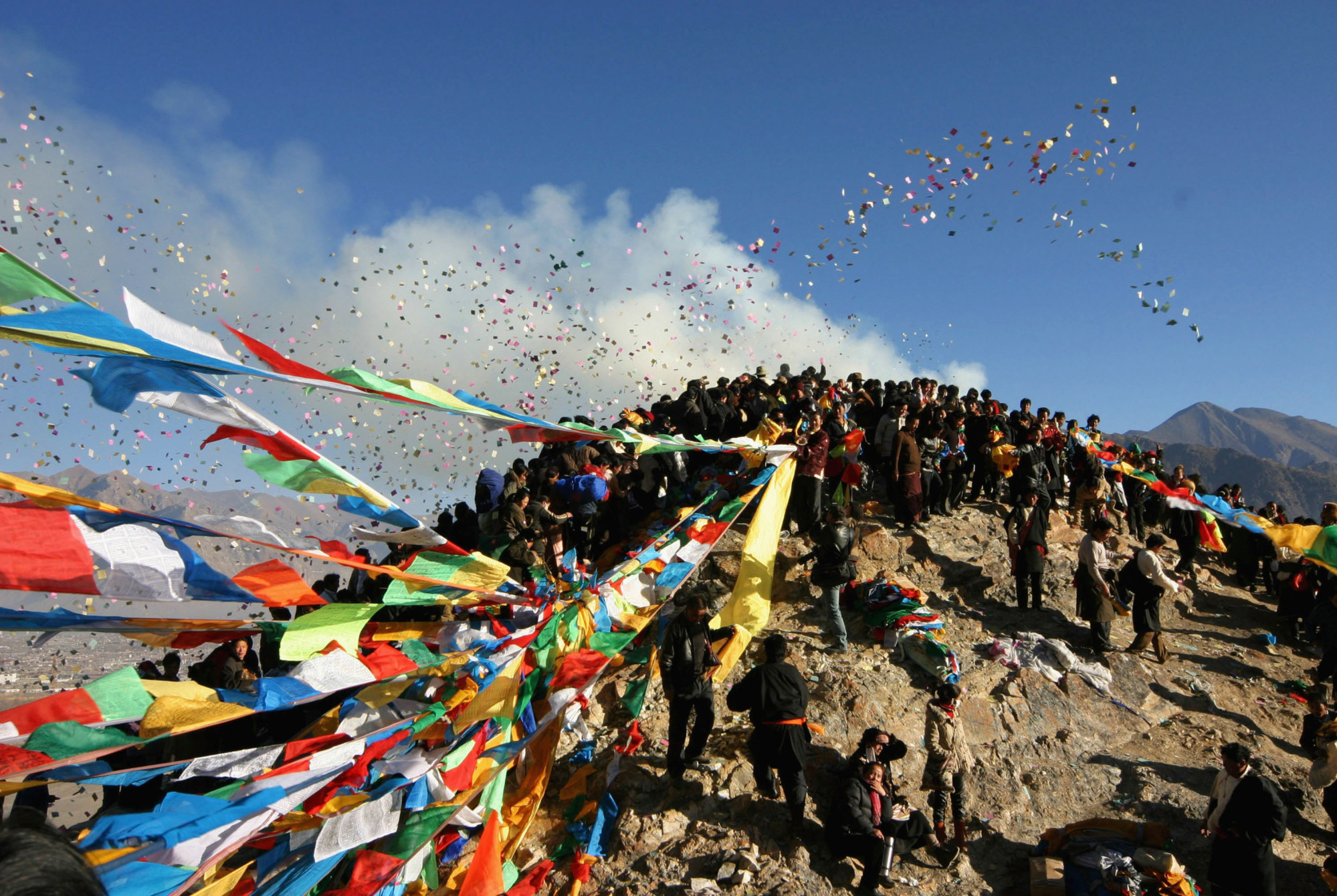
Curious about the differences in Lunar New Year celebrations across cultures? Read on.
Primarily celebrated in countries touched by Confucian culture, the Lunar New Year marks the beginning of the lunisolar calendar. It typically falls between late January and mid-February in the Gregorian calendar.
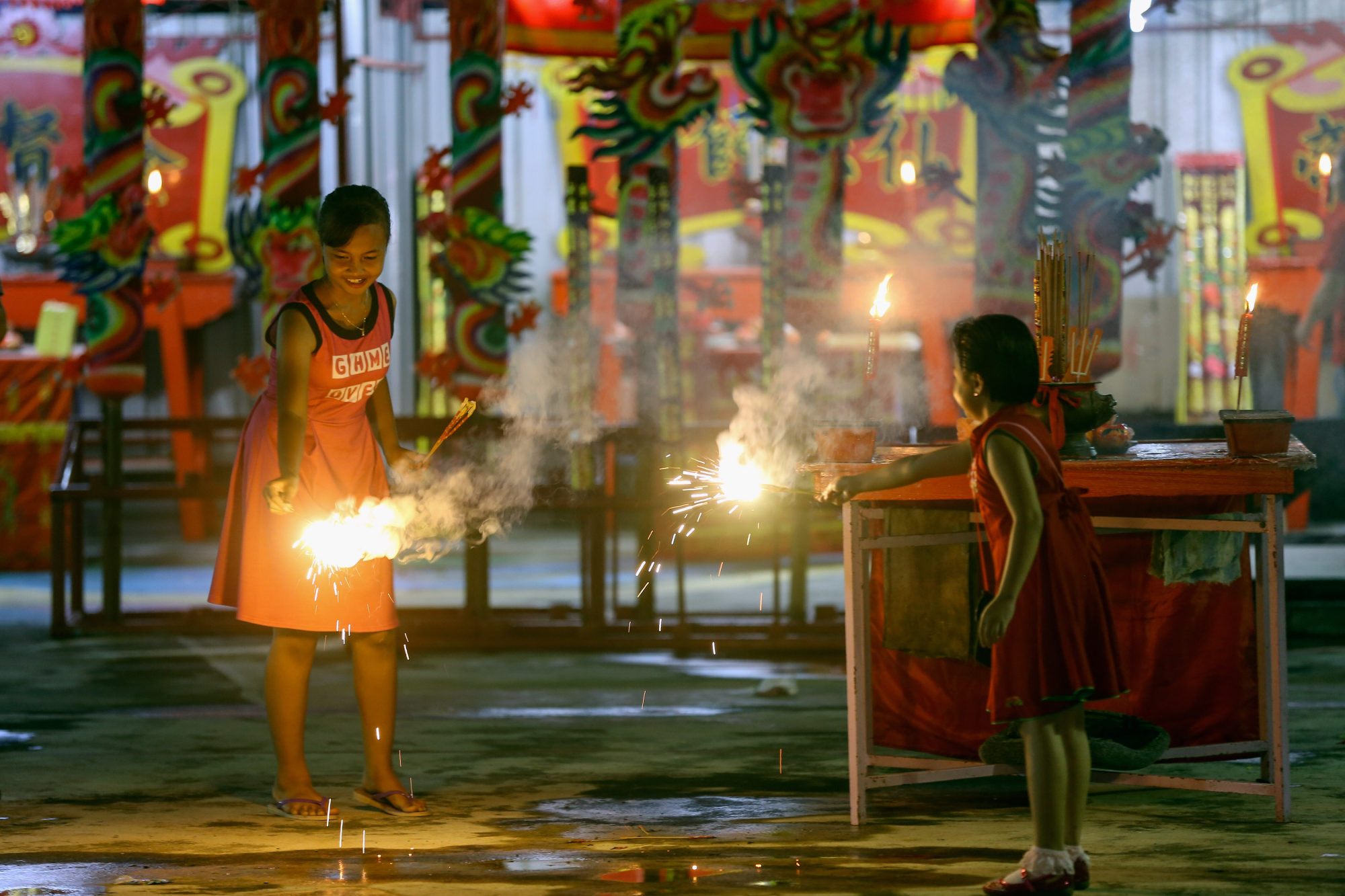
In China – including Taiwan, Macau and Hong Kong – the Lunar New Year festival is referred to as Chinese New Year or Spring Festival. Firecrackers are set off and people wear new and typically red clothes to welcome the new year.
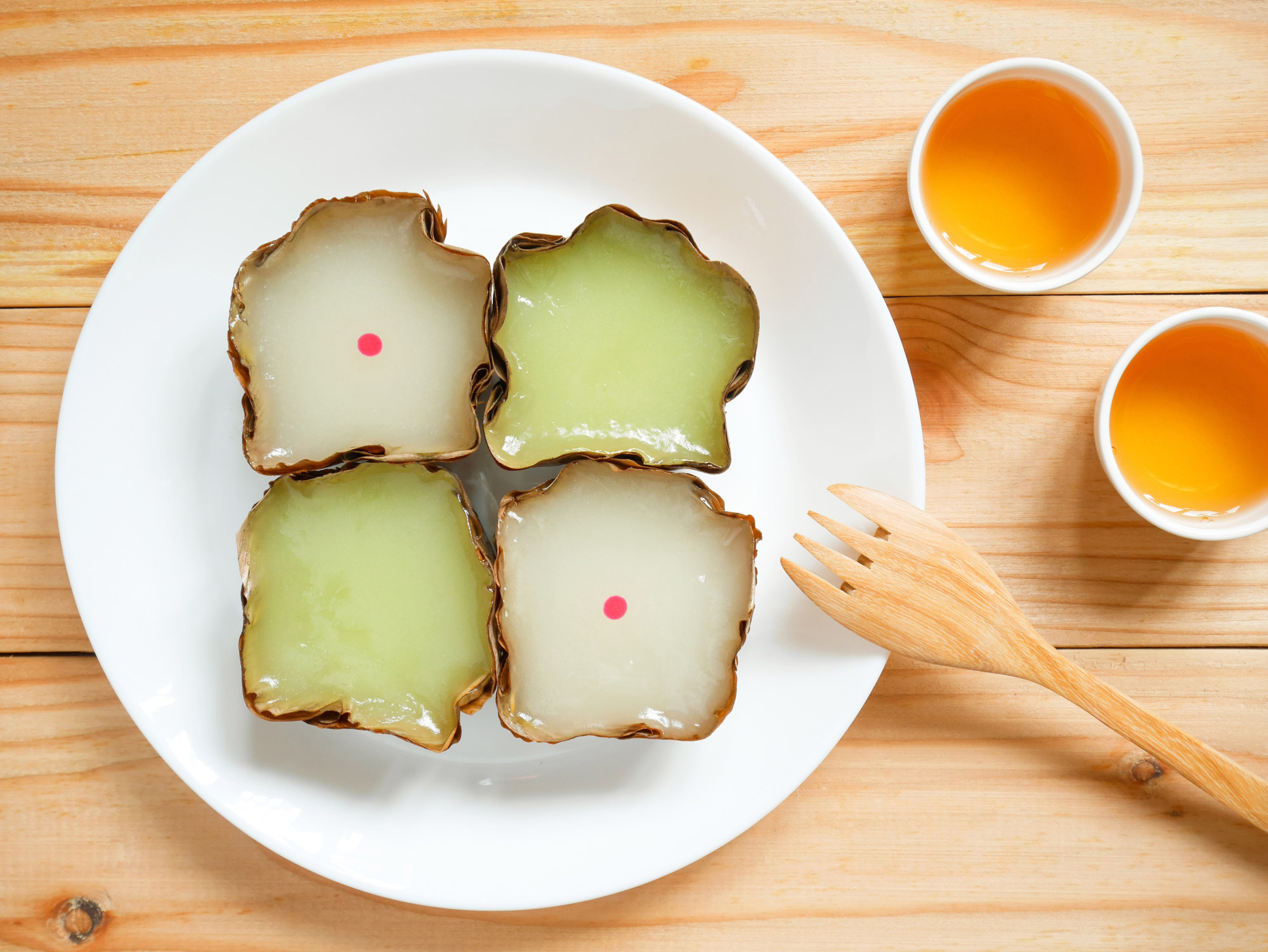
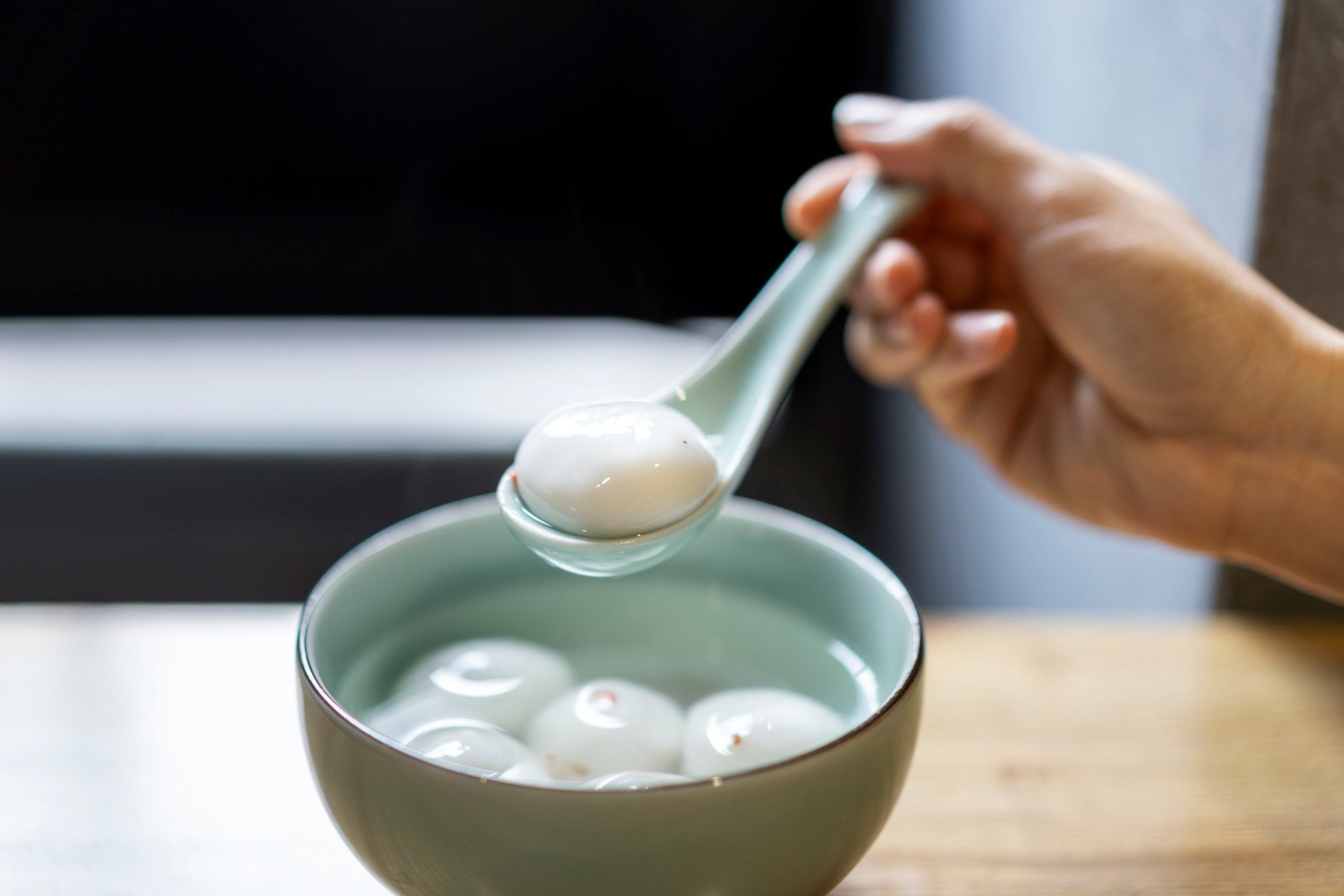
Differing slightly from the Chinese lunisolar calendar, the Vietnamese version uses animal signs such as the buffalo, cat, and goat instead of the Chinese representations of the ox, rabbit, and goat, a recent fact sheet by the United States Congressional Research Service notes.
During the festivities, families gather, pay homage to ancestors, exchange wishes for prosperity, and indulge in traditional foods like banh chung (sticky rice cakes) and mut tet (candied fruits).
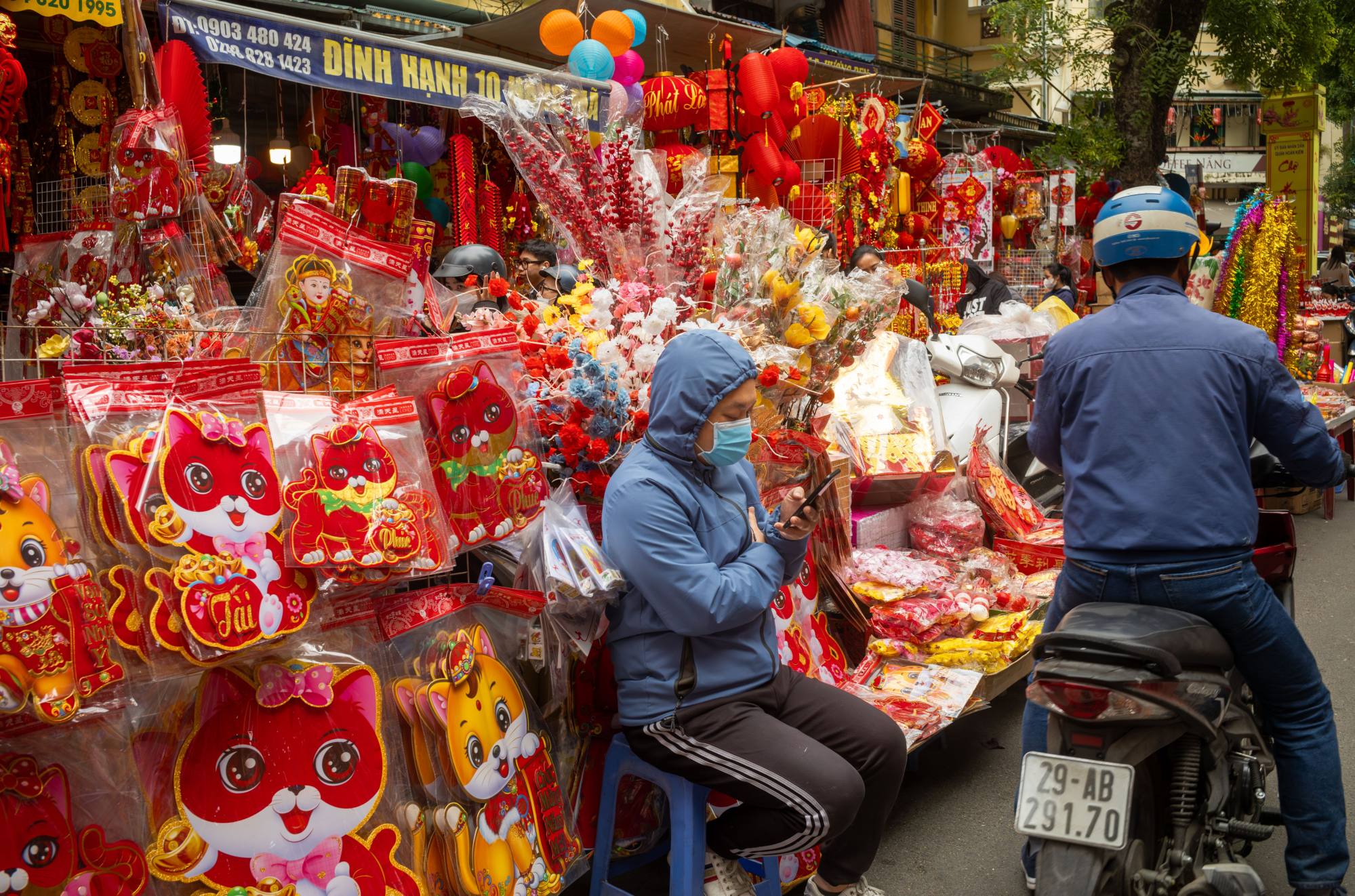
It involves wearing new clothes on the morning of the new year, especially hanbok – traditional Korean dress.
Cleaning, kite-flying, the performing of ancestral rites, and the eating of traditional foods such as tteokguk (rice cake soup) and mandu (dumplings) are also markers of the Korean new year.
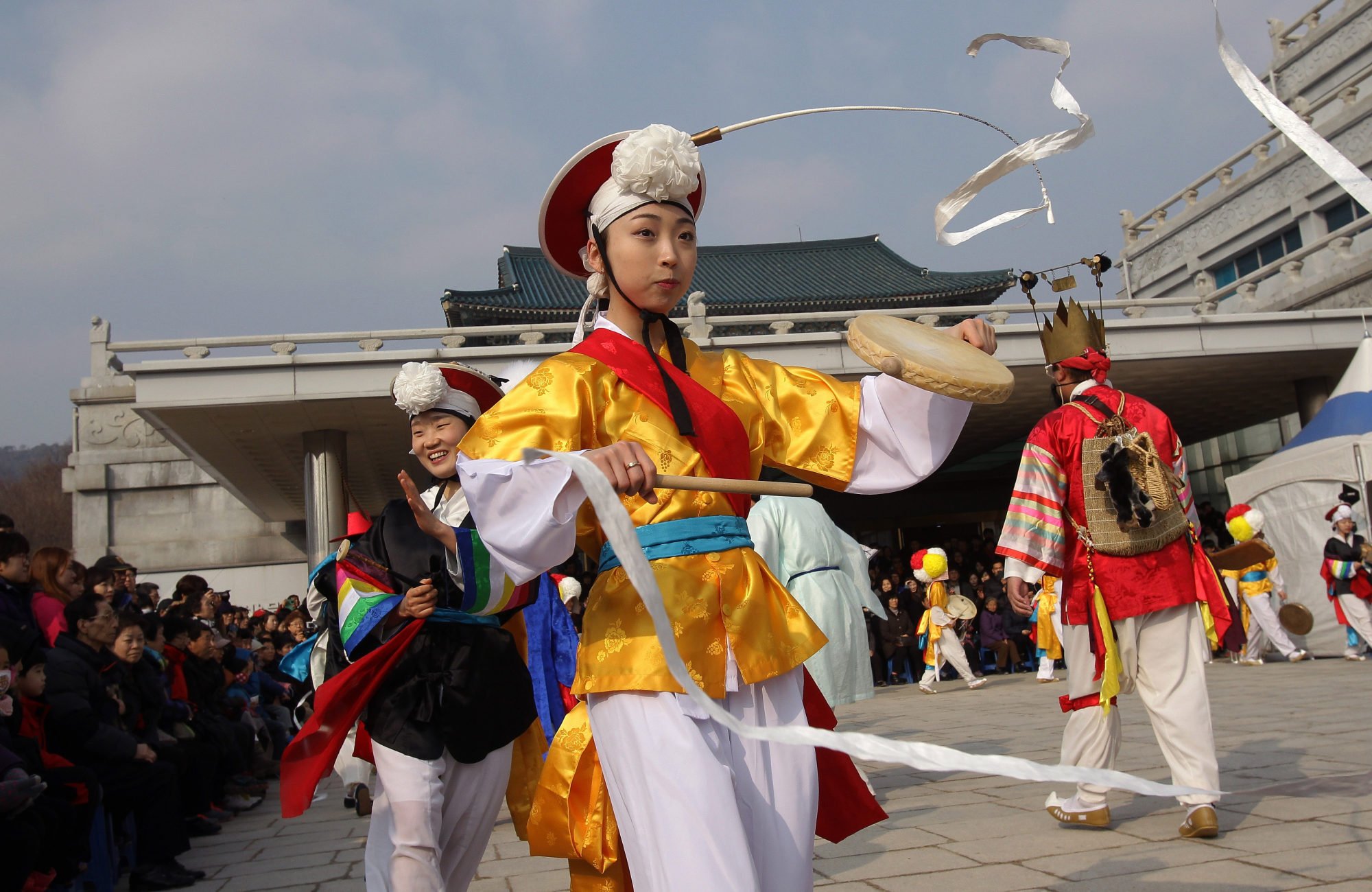
The festivities involve monastic rituals, dances, and time spent with family. Prayer flags are hoisted on the hills and around the houses during this time and the holy altars in every Tibetan household are abundantly adorned with offerings.
Mongolians observe Tsagaan Sar, a festival characterised by traditional food, cultural performances, and the sharing of well-wishes. That’s according to a fact sheet by the Hamilton Lugar School of Global and International Studies.
As in other cultures, it is celebrated over three days, and friends and relatives visit each other’s homes to exchange blessings for the new year, small gifts, and lots of food, such as buuz (dumplings).
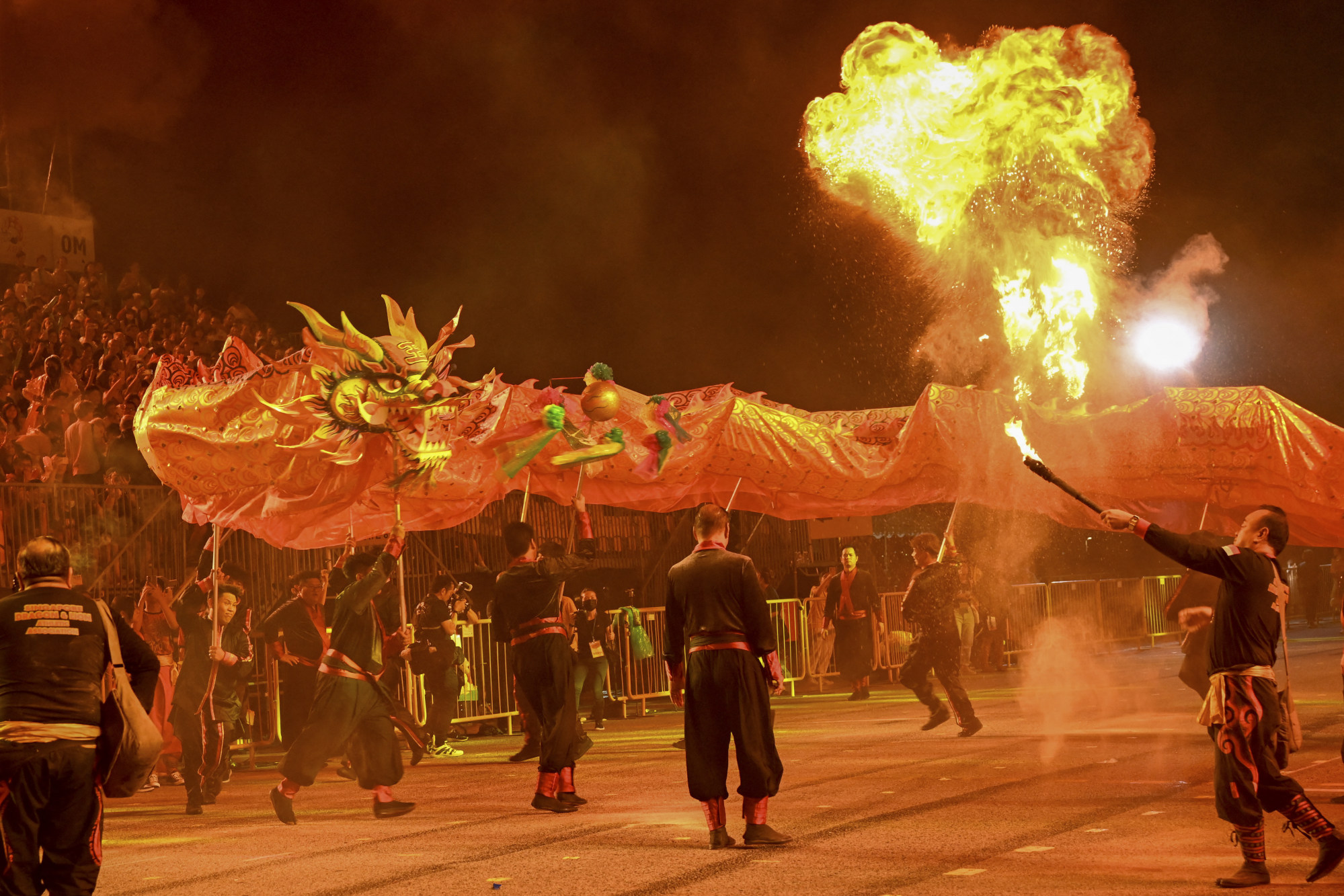
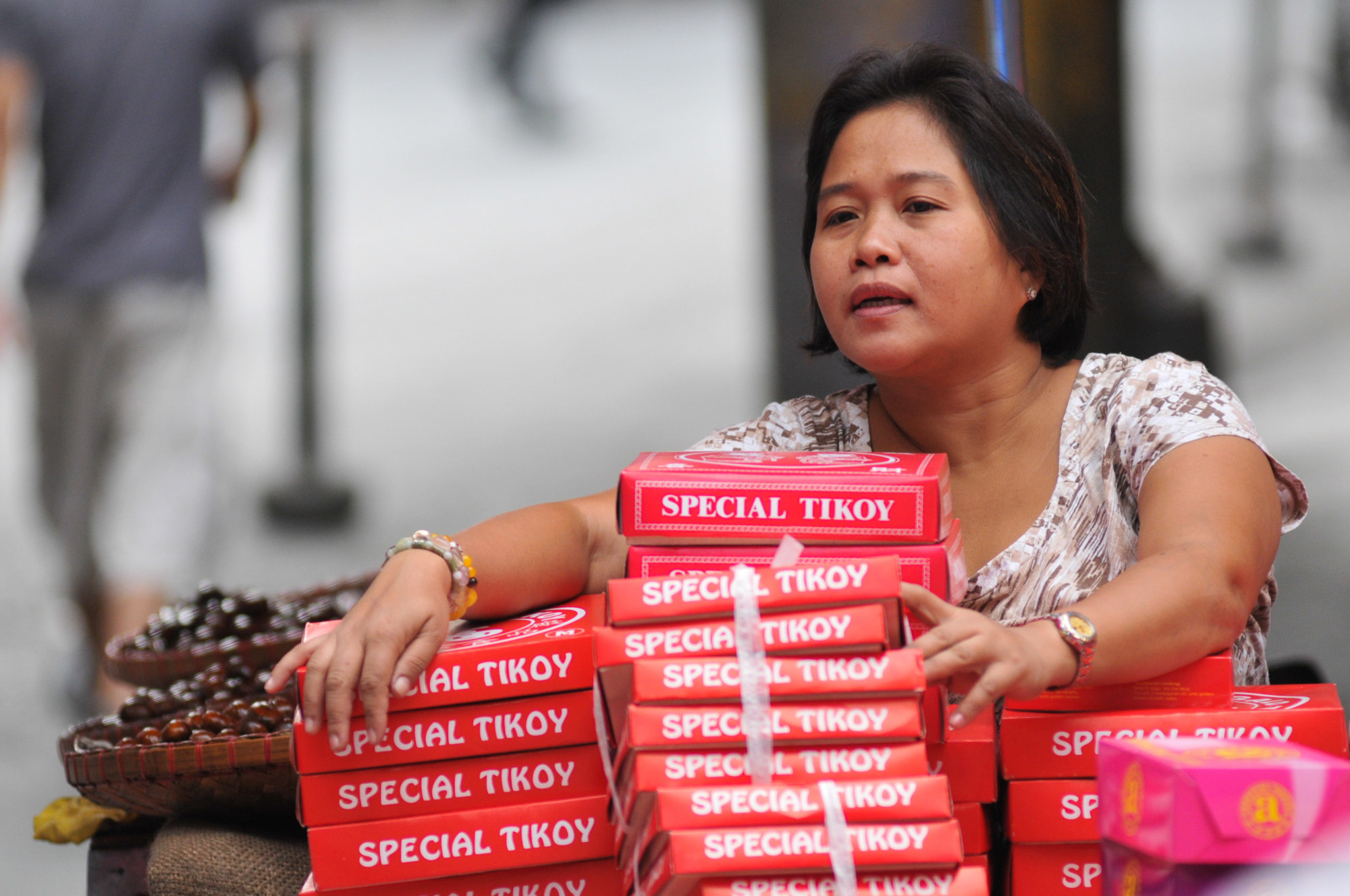
In 2012, Lunar New Year was announced as a public holiday in the Philippines. Tikoy (sticky rice cake) exchange endures as part of the festivities, as does the distribution of red envelopes to children, which are called ang pao.
For Thai Chinese, honouring ancestors is a key Lunar New Year tradition. It involves the offering of fruit, taro, sweets, and more on altars, then the burning of incense. Afterwards, it’s time for family reunions over an elaborate meal.
Thai Chinese embark on temple pilgrimages, seeking favourable weather and blessings for the upcoming year through their new year prayers.
So, while these Asian cultures all mark the lunar new year in slightly different ways, the shared threads of tradition, celebrating family bonds, and seeking blessings for the year ahead tie them all together.


